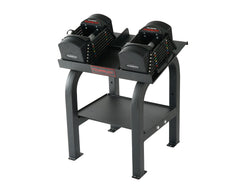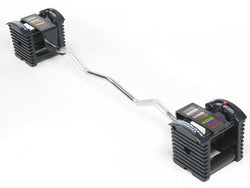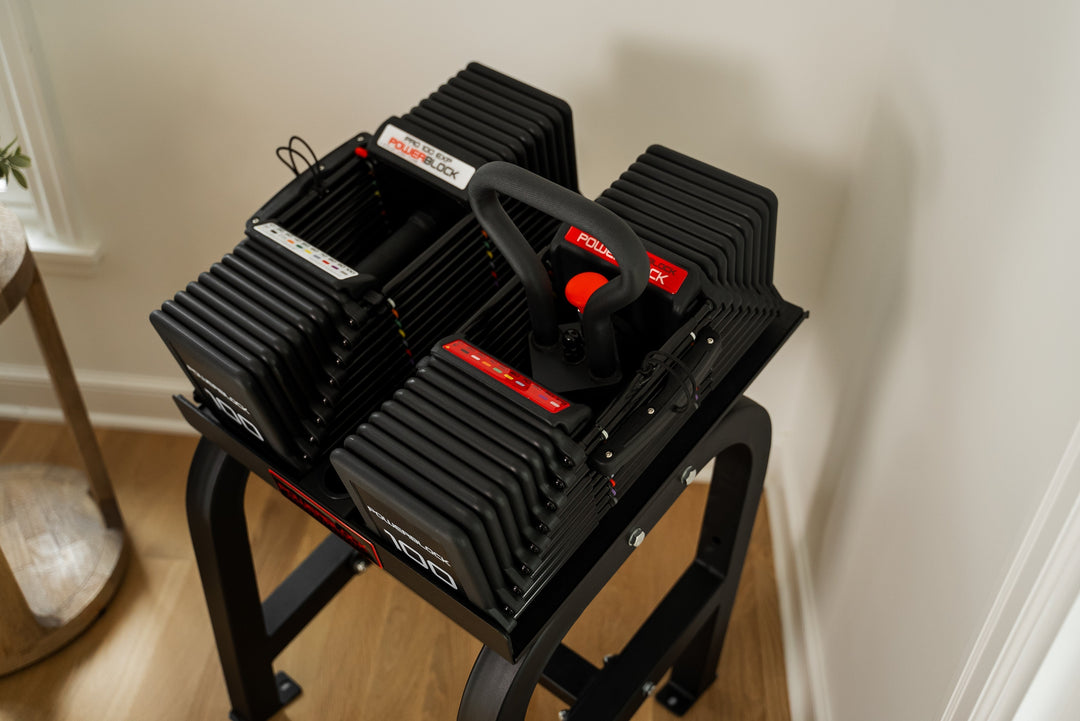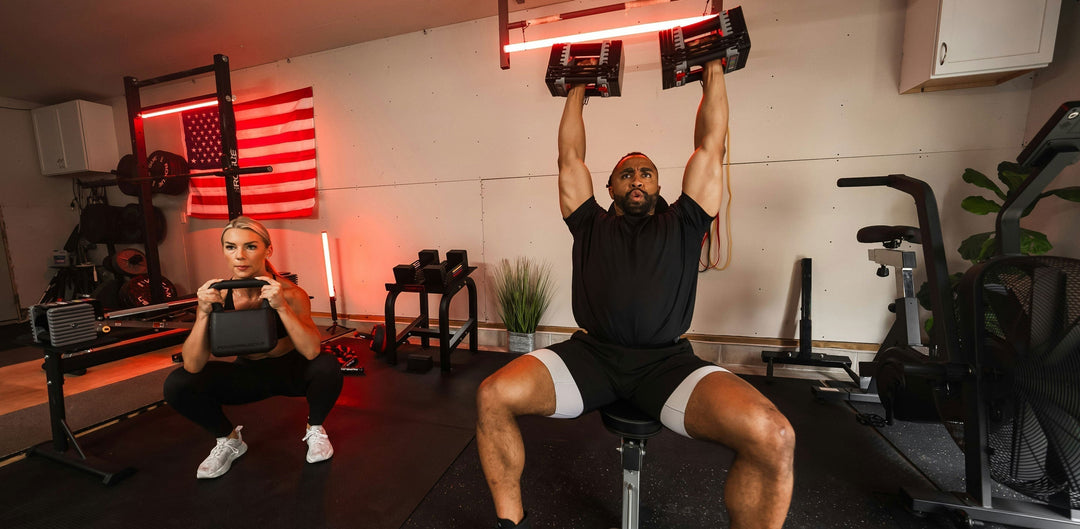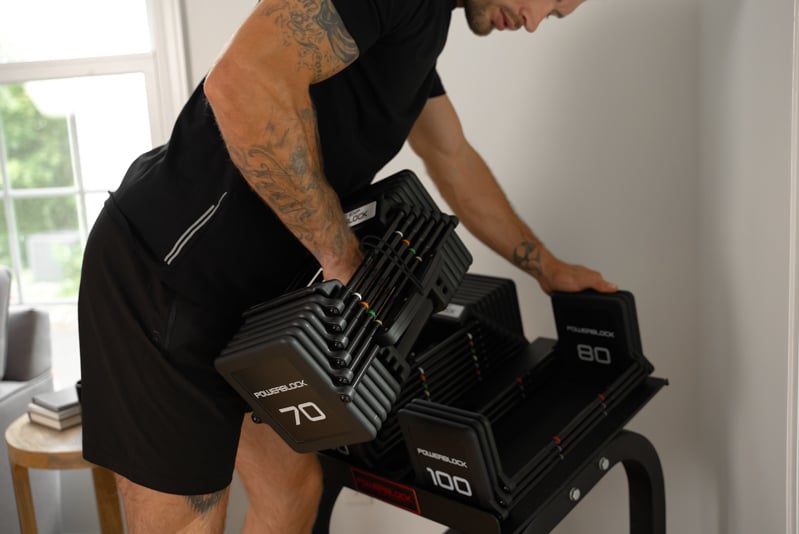Ever taken a long break from lifting, only to find your strength comes back faster than you expected? You’re not imagining things; that’s muscle memory at work. And yes, it’s real.
Today, we’ll break down what muscle memory is, what happens when you stop training, and how your body bounces back. Whether you're returning after a couple of weeks or a few months off, this guide will help you make your comeback safely and confidently.

What Is Muscle Memory?
Most people think of muscle memory as the ability to perform a task without conscious thought, such as riding a bike or shooting a basketball. That’s part of it, but there’s more going on under the surface.
Two Kinds of Muscle Memory
Muscle memory works in two ways: one in your brain and nervous system, and one inside your muscles themselves.
Your Brain Remembers the Moves
When you train regularly, your brain gets better at telling your muscles what to do. This is called neurological adaptation. Your body builds faster, stronger connections between your brain and muscles, which makes movements feel smoother and easier over time.
Even after a break, your brain doesn’t forget those patterns. So when you come back, the movements start to feel familiar again pretty quickly.
Your Muscles Remember Too
The other half of the story happens inside your muscle cells. When you lift weights, your muscles grow by adding special parts called myonuclei. These little powerhouses help your muscles grow and repair.
Here’s the cool part: even if your muscles shrink a bit during time off, those myonuclei stick around. That means your muscles are ready to grow back faster when you start training again.
What Science Says
Researchers have looked closely at how muscles behave after training stops. One study out of the American Physiological Society found that muscles hold onto those extra myonuclei long after the visible muscle size goes down. That means your body keeps a kind of "record" of your hard work and uses it when you return.
So no, you’re not starting from scratch. You’re just picking up where you left off.
What Happens When You Stop Lifting?
Life happens. Maybe you get sick, go on vacation, or just need a break. But what happens to your body when you stop training?
Short-Term: Not Much at First
If you take a week or two off, don’t worry—you probably won’t lose much strength or muscle at all. You might feel a little stiff or sluggish, but that’s normal.
But after about 3 to 4 weeks, you’ll likely start to notice a few changes:
-
Some loss of muscle size
-
Strength may drop a bit
-
Endurance decreases
-
Movements feel less smooth
How Fast Do You Lose Progress?
Here’s a general timeline to help you picture it:
-
1 week off: No big changes
-
2–4 weeks off: Slight strength and muscle loss
-
1–2 months off: More noticeable drop in strength and muscle size
-
3+ months off: Bigger decline, but not back to zero
This isn’t one-size-fits-all. Everyone’s different.
What Makes a Difference?
A few key things affect how quickly you lose your gains:
-
Age: As we get older, it’s easier to lose muscle, but also easier to get it back if you’ve been active before.
-
Training history: The more experience you have, the more "memory" your body holds on to.
-
Nutrition: Eating poorly speeds up muscle loss.
-
Lifestyle: Stress, poor sleep, and no movement all work against you.

How Muscle Memory Helps You Get Strong Again
This is where muscle memory shines. Coming back is almost always easier than starting for the first time.
Why It Feels Easier the Second Time
Because your body already knows how to move, and because your muscles still have those extra myonuclei, you rebuild strength and size faster than a beginner would.
Even if you feel weaker after a long break, your body remembers the work you’ve done before, and it starts responding again once you get moving.
What to Expect After Time Off
Every situation is different, but here’s a rough idea:
-
After 1 week off: You’ll likely jump right back in at full strength.
-
After 4 weeks off: You might be at 80–90% of your usual strength. Expect to need a couple of weeks to catch up.
-
After 12+ weeks off: You may feel like you’re starting over, but strength and coordination come back fast, usually within 4 to 8 weeks.
Your body’s memory saves you time and effort. You’re not starting from zero. You’re just shaking off the dust.

How to Maximize Your Comeback
When you’re ready to start lifting again, don’t rush it. A smart approach will help you avoid injury and build momentum.
Start Slow and Use Progressive Overload
The key is progressive overload, gradually increasing the weight, reps, or intensity over time. It’s tempting to jump back in where you left off, but that’s the fastest way to get hurt.
Start a little lighter than usual and focus on consistency. You’ll get stronger each week if you keep showing up.
Focus on Form First
If it’s been a while, your form might be a little rusty. Take time to practice basic movements with good technique before you go heavy. Think of it as retraining your body to move well again.
Exercises like squats, lunges, rows, and presses should feel smooth and controlled.
Use Adjustable Dumbbells for Flexible Workouts
A great tool, especially for home training, is a pair of adjustable dumbbells, like the ones from PowerBlock. They let you fine-tune your weights without taking up much space.
You can build full-body workouts with just a few key movements:
-
Goblet squats
-
Dumbbell rows
-
Overhead presses
-
RDLs (Romanian deadlifts)
-
Core work, like planks or Russian twists
Start with 3 days a week, and add more as your energy comes back.
Fuel Your Recovery with Good Nutrition
Your muscles need fuel to grow. Make sure you’re eating enough protein, getting quality carbs and fats, and staying hydrated.
-
Try to eat 0.8 to 1 gram of protein per pound of body weight.
-
Focus on whole foods, things like lean meats, eggs, rice, fruit, veggies, and healthy fats.
-
Drink half your body weight in ounces of water.
Think of food as part of your training plan, not separate from it.
Prioritize Sleep and Rest
Your muscles don’t grow during workouts—they grow when you rest. So sleep isn’t optional; it’s part of your program.
-
Aim for 7 to 9 hours of sleep each night
-
Take rest days seriously
-
Walk, stretch, or foam roll on off days
This helps your muscles recover faster and keeps your energy up for the next session.

Final Thoughts: Trust Your Body’s Memory
It’s normal to take time off. It doesn’t erase all your hard work. Your body is smarter and stronger than you might think.
Muscle memory is real. Your brain remembers how to move. Your muscles remember how to grow. And when you come back with the right mindset and plan, you’ll be surprised how fast things click again.
So if you’ve been on a break, don’t beat yourself up. Just start where you are, take it one workout at a time, and trust the process. Your body hasn’t forgotten; it’s just waiting for the signal to get back to work.





